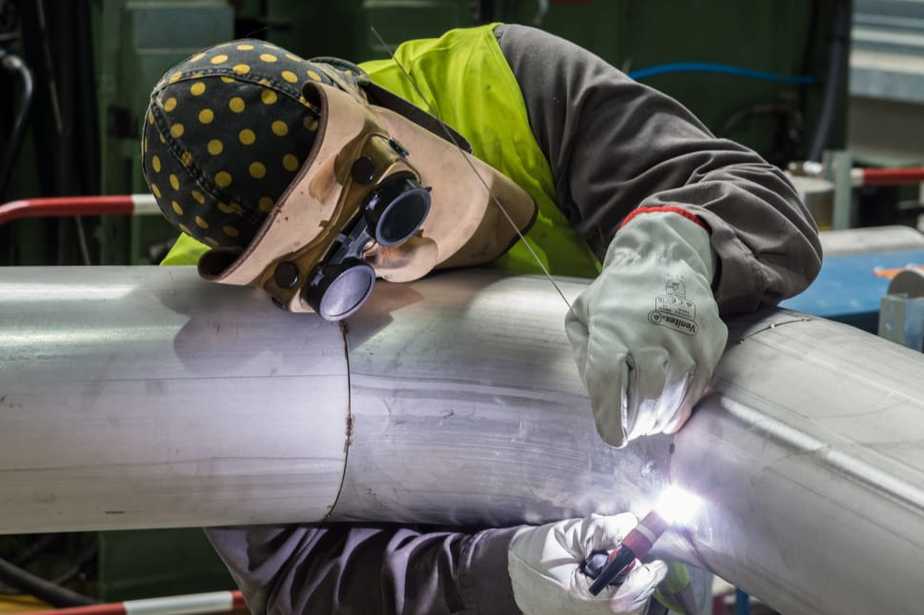I'm considering AEA aka BinTac airguns with the 250cc aluminum tanks (e.g. S45 single tank version) but I'm concerned about running 4,500 PSI (website typo?) in a metal tank. As you know, carbon fiber is rated for 4,500 PSI but aluminum is limited to 3,000 PSI, generically.
Can some aluminum tanks compensate with greater wall thickness or alloys? I like the streamlined look & size of aluminum vs. CF bottles on those guns. Not seeking maximum shot capacity, just compactness and quicker fills.
Another aspect is that CF tanks are said to be more fragile in terms of outside pressure, e.g. the Titanic sub implosion (they say CF handles far more pressure inside). I want a tank with less risk if something hits it accidentally.
Thanks for any details.
Can some aluminum tanks compensate with greater wall thickness or alloys? I like the streamlined look & size of aluminum vs. CF bottles on those guns. Not seeking maximum shot capacity, just compactness and quicker fills.
Another aspect is that CF tanks are said to be more fragile in terms of outside pressure, e.g. the Titanic sub implosion (they say CF handles far more pressure inside). I want a tank with less risk if something hits it accidentally.
Thanks for any details.
